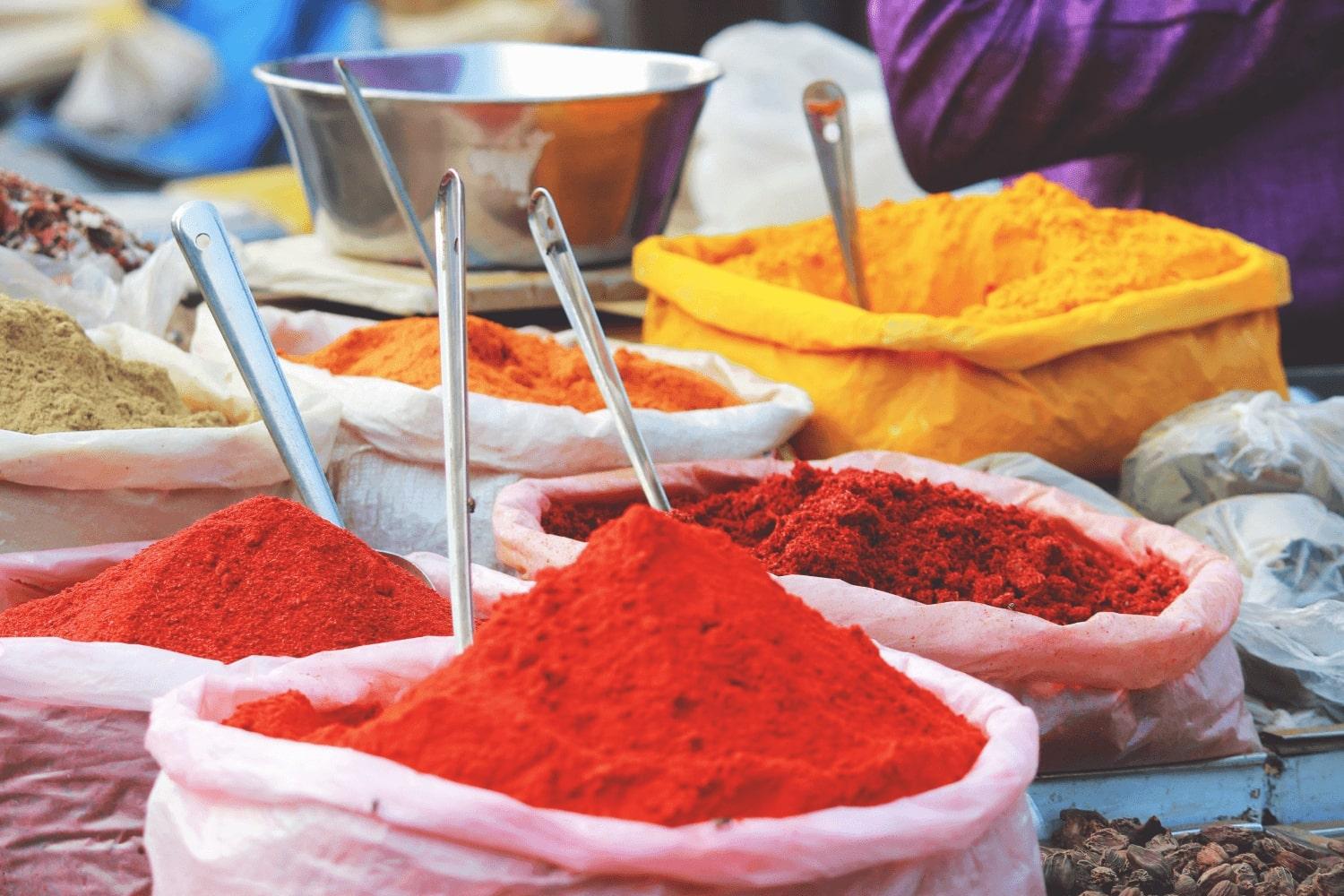
Year 1- Unit 2 newsletter
November 2022
Theme- How We Express Ourselves
Our central idea is:
Imagination inspires people to create and share ideas.
Our lines of inquiry are:
- Different forms of expression
- How people and experiences inspire us to create
- How expression is a creative process
This unit inquires into the ways in which we reflect on, extend and enjoy our creativity. By the end of the unit we hope that the children will demonstrate that they are risk-takers, thinkers and more open-minded. The unit gives the children the opportunity to learn about and try different forms of expression and become more of an expert in an area which interests them. They will be exposed to things such as storytelling, dance, music, painting, junk modelling, paper manipulation and photography to explore different ways to share ideas. Below you will find out more about this unit's transdisciplinary links.
The Arts
Our How We Express Ourselves unit has strong links with the arts. We work closely with The Arts department making links to imagination in their art, music and P.E. lessons through sequencing movements and creating their own games. They will continue to have art sessions with Ms Sofan once a fortnight and different workshops during mixed Year 1 inquiry play sessions.
Drama outcomes:
Learners talk about ideas and feelings in response to dramatic performances.
Learners display audience etiquette and appropriate responses.
Music outcomes:
Learners move their bodies to express the mood of the music.
Learners describe how music makes them feel.
Visual Art outcomes:
Learners enjoy experiencing artworks.
Learners show curiosity and ask questions about artworks.
Learners create artwork in response to a variety of stimuli.
Language
During this unit we will be learning to write to entertain and share our ideas with others. The children will continue to focus on seeing themselves as an author and illustrator by making their own books to share in class and with you at home. We will be studying the styles of different authors and illustrators by reading imagination themed books such as 'Not a Box' and 'Not a Stick' by Antoinette Portis and 'That's How!' by Christoph Niemann for inspiration.
Before writing we will begin with Talk for Writing, developed by Pie Corbett. The movement from imitation to innovation to independent application can be adapted to suit the needs of learners of any stage. Before children write their thoughts down they need to have the chance to talk about their ideas. We will spend lots of time orally retelling stories. Next, the children will use their own ideas and familiar sentence patterns to help create something new. This unit will teach the children to use story maps to visually share the journey of their ideas with others. It helps them to keep track of their thinking before they use the sounds they know to write down words and sentences on a page.
The children will be given the opportunity to talk about different art forms, their own work and the work of their peers to help gain an understanding of everyone having their own thoughts and how we are inspired to create.
Writing outcomes:
• Create written text to connect with images.
• Generate own ideas for writing.
Reading outcomes:
• Use illustrations to gain meaning from the text.
• Blend and segment phonemes to read VC and CVC words.
Speaking and Listening outcomes:
• Give a range of details when describing personal experiences.
• Talk about their writing, pictures and models.
Viewing and Presenting outcomes:
• Explain their response to visual images or multimodal texts.
Maths
This unit lends itself well to exploring shape and pattern linked to our art. The children will be inquiring into the different properties of 2D and 3D shapes and comparing them to things they recognise in the world around them e.g. this clock is a circle, this can is a cylinder. This then helps them with aspects such as junk modeling when they are trying to stack and connect different objects to create something new. We look at pattern in stories, pictures, songs and dance when using our imaginations too.
2D and 3D shape outcomes:
Sort, describe, construct and name familiar two-dimensional shapes and three-dimensional objects using appropriate vocabulary
Pattern and Function outcomes:
- Copy, extend, create and describe patterns with objects and drawings.









